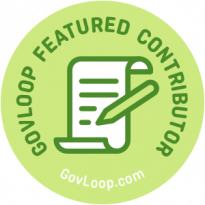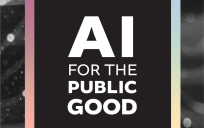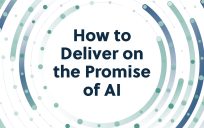Step into any office these days, and artificial intelligence (AI) is reshaping not only how people work, but the workday itself. The technology takes only seconds to complete tasks that used to take hours — from writing business emails to conducting research and creating slides for presentations. Designers are leveraging AI to generate visual concepts and iterate faster, marketing professionals are using it for brainstorming, and even programmers are using it to assist them and debug code in real time. The possibilities of AI seem to be multiplying day by day.

While AI is transforming the workday and boosting productivity, it raises questions: How will teams adapt and manage tasks? What about data privacy? Will AI be able to take on most repetitive or predictable production work? On top of all this, data privacy must also be considered when using any AI technology.
Overall, it’s important to remember that across the private and public sectors — when it comes to truly novel ideas, creativity, and experience — human resources are still some of the most valuable assets an organization has.
By integrating AI into workflows as a collaborative partner rather than a replacement, organizations can empower employees to focus on higher-value, creative, and strategic tasks. People leaders can add value for employees and enrich the workplace by fostering broad AI literacy, such as giving workers dedicated time to participate in AI training and learning opportunities.
Fostering AI literacy is essential for organizations aiming to thrive in a technology-driven future. This goes beyond technical training; it involves helping employees at all levels understand what AI is, how it works, and where it can add value. When employees feel confident using AI tools, they’re more likely to adopt them effectively and identify new opportunities for collaboration — both with each other and with AI, which can unlock greater value for organizations.
Equally important is making sure all members of an organization understand that with powerful technology comes great responsibility. It’s important to foster a sense of responsibility, alongside an awareness of ethics guidelines related to AI at your organization. If you don’t have guidelines for AI usage, now is the time to create them. Creating guiding principles for the use of AI — or an “AI Point of View” — helps ensure that the use of AI at your organization is aligned with your values and goals. It also gives your employees, partners, and stakeholders confidence that you’re ahead of the curve when it comes to AI.
Furthermore, aim to involve diverse stakeholders when creating AI usage guidelines. This ensures a range of perspectives are considered. People leaders can also consider conducting surveys about how employees think about or use AI, the ways they envision using it in the future, and any concerns they may have. By taking everyone’s perspectives and unique concerns into account, organizations can build trust — both internally and externally — while reinforcing a culture where AI supports human values and decision-making.
As AI continues to reshape the workplace, organizations have a unique opportunity to harness its potential while empowering their workforce. Realizing these benefits requires thoughtful integration, which may include providing AI training and learning opportunities. Equally important is the implementation of clear, ethical policies to ensure responsible AI use and build trust.
Ultimately, by pairing AI implementation with human-centered strategies, organizations can harness innovation while retaining talent and preparing their teams for the future.
Deanna Grady is an accomplished leader in the public sector, serving as Director and Head of Government Sales for North America at LinkedIn Talent Solutions. With over 20 years of sales experience, including 19 years in SaaS leadership, Deanna has dedicated her career to helping federal, state, and local government agencies meet mission-critical objectives. Her expertise in developing strategies for bridging hiring and skills gaps has driven year-over-year growth, enabling government agencies to address workforce challenges and achieve their goals through LinkedIn’s innovative hiring and learning solutions.





Leave a Reply
You must be logged in to post a comment.